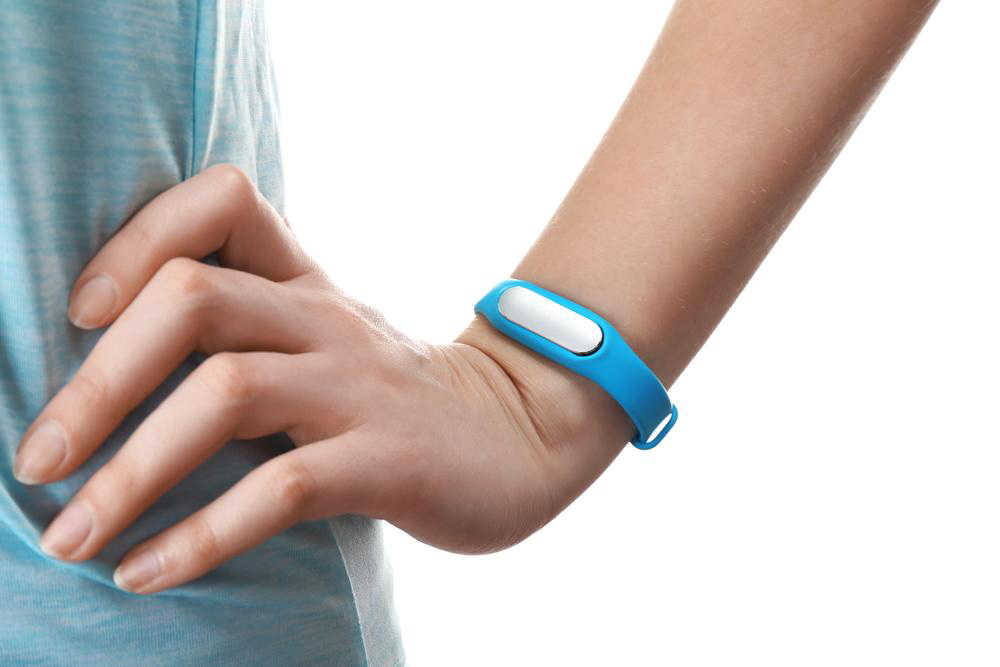Guidelines to buy the right fitness tracker for your needs
The market is flooded with options and models for those of us looking to buy a fitness tracker. While the earlier trackers tracked only steps and sleeping patterns, the newer versions come with features like GPS, heart rate monitors, sensors, and smartphone notifications to keep track of your fitness on a constant basis. So, if you are looking for the right fitness tracker to suit your needs, check out a few pointers that can help you in your search.
Wearable design
The earlier versions of fitness and activity trackers had to be wrapped around the wrist. If you prefer an alternate option, you will find the newer versions of these devices, which come in sleeker designs, including dongles, or clips that can be worn on your clothing or pendants that can be worn around your neck.

Display
Opt for a fitness tracker that comes with a built-in display to show the time as well as your fitness goals, without necessarily opening an app. This is an added plus in case you opt for a tracker that gives you notifications on when, where, and how to work out. Though a fitness tracker with a built-in display may rake up some extra cash, it is a worthy investment, if you are serious about investing in a tracker that you can use for a long term.
Interpretation of heart rate
Different fitness trackers track and interpret heart rate in different ways. While some measure heart rate on a 24/7 basis and give a note of the resting heart rate after the wearer wakes up, some trackers come with a 24/7 heart rate tracker, bpm monitor, and live exercise monitors to quantify your fitness goals. Also there are some other fitness and activity trackers that monitor your heart and breathing rates together to determine stress and anxiety levels.
Amount of data they provide
Sleeping and steps taken by an individual are the most basic features offered by almost every fitness tracker you can find in the market. The tracker you choose to buy must be in lieu with the amount of data you need from it. For instance, some trackers can keep notes on your workout sessions, providing different notifications and guidelines for different forms of exercises like swimming, walking, cycling, etc. However, know that you will need to inform your tracker about your actions every time for the latter to work efficiently. For instance, you will need to tap the tracker a specific number of times to change it to the activity mode.
Battery life
Battery life plays an important role in determining the fitness tracker for your needs. Some fitness trackers need to be charged every few days, which may become problematic if you want your fitness regime tracked on a constant basis and find the device running out of charge in the middle of a workout. The more common trackers fit into two categories those that are charged via a USB cable every five or six days and those that use a cell battery, which provides a charge for a couple of months.

